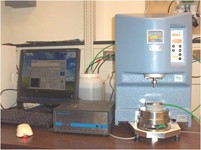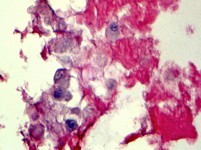Ischaemic Tissue Revascularization and Endotheilal-Fibroblast interactions
Cardiac tissue engineering studies have demonstrated the importance of revascularization in engineered grafts for successful implantation and regeneration. Understanding the myocardium’s complex cellular organization and the interactions between the major cardiac cell types (cardiomyocytes, endothelial cells, and cardiac fibroblasts) is critical for revascularization. Our previous studies have shown the importance of cardiomyocyte-endothelial interactions. However, there is limited information available on endothelial-fibroblast interactions. We and others have previously observed that during capillary assembly, fibroblasts provide chemical signaling via expression of growth factors. In addition, fibroblasts may also regulate angiogenesis through alterations to the mechanical environment via myocardial remodeling, including matrix degradation and deposition, and tissue contraction. Changes to the extracellular mechanical environment may lead to changes in basic cell functions such as proliferation, apoptosis, and growth factor expression.
Recently, we have demonstrated that a novel material – a self-assembling peptide nanoscaffold - enhances angiogenesis in vitro and promotes cardiac tissue neovascularization in vivo The objective of this study is to advance our understanding of the role of endothelial-fibroblast interactions in capillary assembly using the controlled environment of the peptide nanoscaffold. We hypothesize that fibroblasts provide mechanical regulation of angiogenesis by altering the mechanical properties of the nanoscaffold via cell-mediated nanoscaffold disruption, contraction and ECM deposition.

